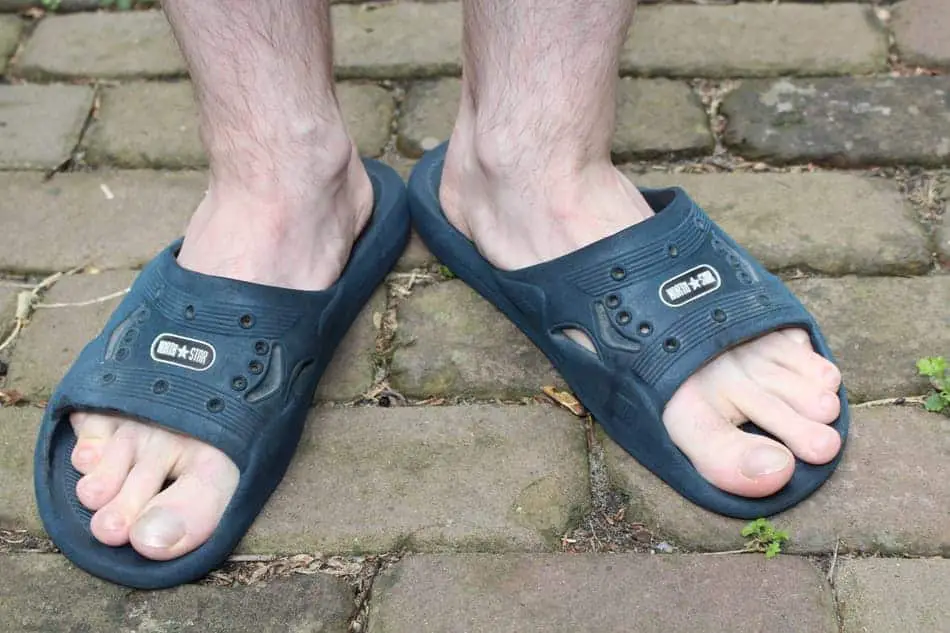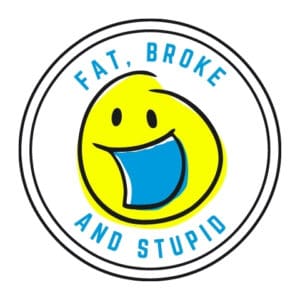I have been thinking a lot about the Pareto Principle and how I can apply it to my life. That’s the 80/20 Rule, by the way. As I learned more about this rule, I continually read comments claiming that we wear 20% of our clothes 80% of the time.
It sounded a little farfetched to me. I looked for actual data proving this claim, but alas; I found only generalized comments without evidence. Unsatisfied and unconvinced, I decided to gather the data for myself, on myself. I just finished month two.
Here is just a taste of the results that I uncovered:
For a 2-month period, I wore 20% of my clothes 64.52% of the time! It’s not exactly 80/20, but it is not too far off, either. This demonstrates that we do, in fact, wear a small percentage of our clothes disproportionally often.
YouTube
The Scientific Method
I was once a primary school teacher in Mexico. Among my many duties, some colleagues and I were privileged to chaperone a group of students and their families on a weekend-long science fair in the country’s capitol, Mexico City. I learned much from this experience:
- Kids are strong scientists, with more creativity than many adults.
- The scientific method is simple, yet powerful.
- Tamales con rajas + a bread roll = a surprisingly delicious combination
Putting my tamale sandwich down for a moment, I decided to make this self-study slightly more scientific by incorporating the scientific method into my own research.
Do you remember the elements of the scientific method? No? That’s OK! I had to look them up, too. Here they are:
Question
Do I wear 20% of my clothes 80% of the time?
Hypothesis
- I predict that in small sample sizes of one-month intervals, I wear 20% of my clothes less than 80% of the time, but not far from it.
- I also predict that over longer intervals of six months to one year, I wear 20% of my clothes less than 50% of the time.
Experiment
To complete this experiment, I performed the following steps:
- I began on 15-June-2019.
- I itemized every article of clothing I own into an Excel spreadsheet.
- I added formulas to the spreadsheet to keep track of my daily clothes usage.
- I calculated the total number of clothing items that I own (96).
- I found 20% of the total number of clothing items I own (19.2).
- I added an “x” into the spreadsheet for each item that I wore each day.
- I repeated Step 6 every day for two months, ending on 14-Aug-2019.
- I manually found the top 19 clothing items for each analyzed interval.
- I found my personal 80/20 number for my clothes usage.
- I ate a gummy bear. Hey, it’s my experiment. I can design it any way I want to!
Analysis
Here are the results of my study. You can download the Excel spreadsheet I used to see the complete data and spreadsheet setup for yourself. I encourage my peers to review my work for added authenticity, possible error correction, and so that you can perform this self-study for yourself.
I have condensed the results into the following tables.
The 1st table highlights my personal 80/20 number per period. The top 19 articles of clothing were worn the following percentage of time:
| Period | Month 1 | Month 2 | Months 1 & 2 |
| Results | 70.21% | 67.83% | 64.52% |
The 2nd table highlights the total percentage of my clothes worn per period. Of all of the clothes that I own, I wore the following percent of them in each period.
| Period | Month 1 | Month 2 | Months 1 & 2 |
| Results | 54.17% | 55.21% | 62.50% |
The 3rd table highlights my top 20% clothing items per period. They are ranked from the most used to the least used. The numbers in parenthesis show the number of days I used each item:
NOTE: “U.P.” means “Underpants“
| Rank | Month 1 (30 days) | Month 2 (31 days) | Months 1 & 2 (61 days) |
| 1 | Blue Flip-Flops (29) | Gym Shorts (28) | Blue Flip-Flops (57) |
| 2 | Belt (28) | Blue Flip-Flops (28) | Belt (52) |
| 3 | Pyjamas (18) | Belt (24) | Gym Shorts (46) |
| 4 | Gym Shorts (18) | Sneakers (15) | Pyjamas (25) |
| 5 | Superman T-Shirt (10) | Gym T-Shirt (14) | Red Pants (20) |
| 6 | Navy Blue Shorts (10) | Red Pants (12) | Sneakers (19) |
| 7 | Blue Vans Shoes (10) | Crazy Bus T-Shirt (10) | Blue Vans Shoes (19) |
| 8 | Blue Hoodie (9) | Blue Vans Shoes (9) | Superman T-Shirt (17) |
| 9 | Green Flip-Flops (9) | Blue-Silver Shirt (8) | Green Flip-Flops (17) |
| 10 | Dark Jeans #1 (8) | Green Flip-Flops (8) | Gym T-Shirt (16) |
| 11 | Red Pants (8) | Death Road T-Shirt (7) | Blue-Silver Shirt (14) |
| 12 | EBITDA T-Shirt (7) | Superman T-Shirt (7) | Dark Jeans #1 (14) |
| 13 | Solid Green V-Neck (7) | Pyjamas (7) | Crazy Bus T-Shirt (12) |
| 14 | Dark Grey U.P. (7) | Gold Shorts (7) | EBITDA T-Shirt (11) |
| 15 | Blue-Silver Shirt (6) | Dark Jeans #1 (6) | Blue Hoodie (11) |
| 16 | New Light Blue U.P. (6) | Colorful Ladies U.P. (6) | Dark Grey U.P. (11) |
| 17 | 5-Way Tie (5) | Dark Blue U.P. #1 (6) | 4-Way Tie (10) |
| 18 | 5-Way Tie (5) | Dark Blue U.P. #2 (6) | 4-Way Tie (10) |
| 19 | 5-Way Tie (5) | 6-Way Tie (5) | 4-Way Tie (10) |

Conclusions
As you can see from the data:
- For only the 1st month, I wore 20% of my clothes 70.21% of the time.
- For only the 2nd month, I wore 20% of my clothes 67.83% of the time.
- For the 2-month period, I wore 20% of my clothes 64.52% of the time!
The 1st part of my hypotheses seems to be correct; for shorter intervals of only one month, I wear 20% of my clothes less than 80% of the time, but not far from it.
While I did not achieve 80/20, this self-study still demonstrates that I wear a few articles of clothing disproportionally often compared to the total number of clothes that I own.
As for the 2nd part of my hypothesis, the longer the time period the smaller the 80/20 number. The total percentage of all of my clothes-used also increased over time. The evidence is pointing in the right direction. I will need to gather more data to definitively prove this prediction.
And Guess What!?
That is exactly what I plan to do! I have already begun collecting data for the 3rd month, and I will publish the results once they have been collected and analyzed.
I hypothesize that my 80/20 number for a 3-month period will continue to fall. I predict that it will fall to below 60%.
Will my prediction be correct? Come back in a month to find out!
Related Questions
What are some other examples of the 80/20 Rule? Here are just a few possible examples I found while searching online:
- 20% of blog posts generate 80% of the traffic
- 20% of criminals commit 80% of the crimes
- 20% of drivers cause 80% of all traffic accidents
- 20% of factories generate 80% of pollution
- 20% of a company’s products represent 80% of sales
- 20% of employees are responsible for 80% of the results
- 20% of students have grades 80% or higher
NOTE: These ideas came from the Heflo blog. Leave a comment below if you have any other interesting 80/20 Rule examples to share.
How will this self-study change the world? Honestly, it probably won’t, and that’s perfectly fine with me. I had a question, I could not find an adequate answer, so I am finding it on my own. The process is entertaining for me, and the results are demonstrating that I, too, can live happily with a smaller wardrobe.
In a best-case scenario:
- Perhaps you will begin to become more frugal in your clothes purchasing.
- Perhaps you will save your money instead of buying more clothes.
- Perhaps you will invest that saved money in other ways.
- Perhaps you will feel even more gratitude for the wealth of clothes you already own.
- Perhaps you will donate some unused clothes to people who really need it.
- Perhaps you will have found this self-study enjoyable.
- Perhaps you will leave a comment below to share your thoughts and opinions?

